A tunnel that provokes “boundless admiration”
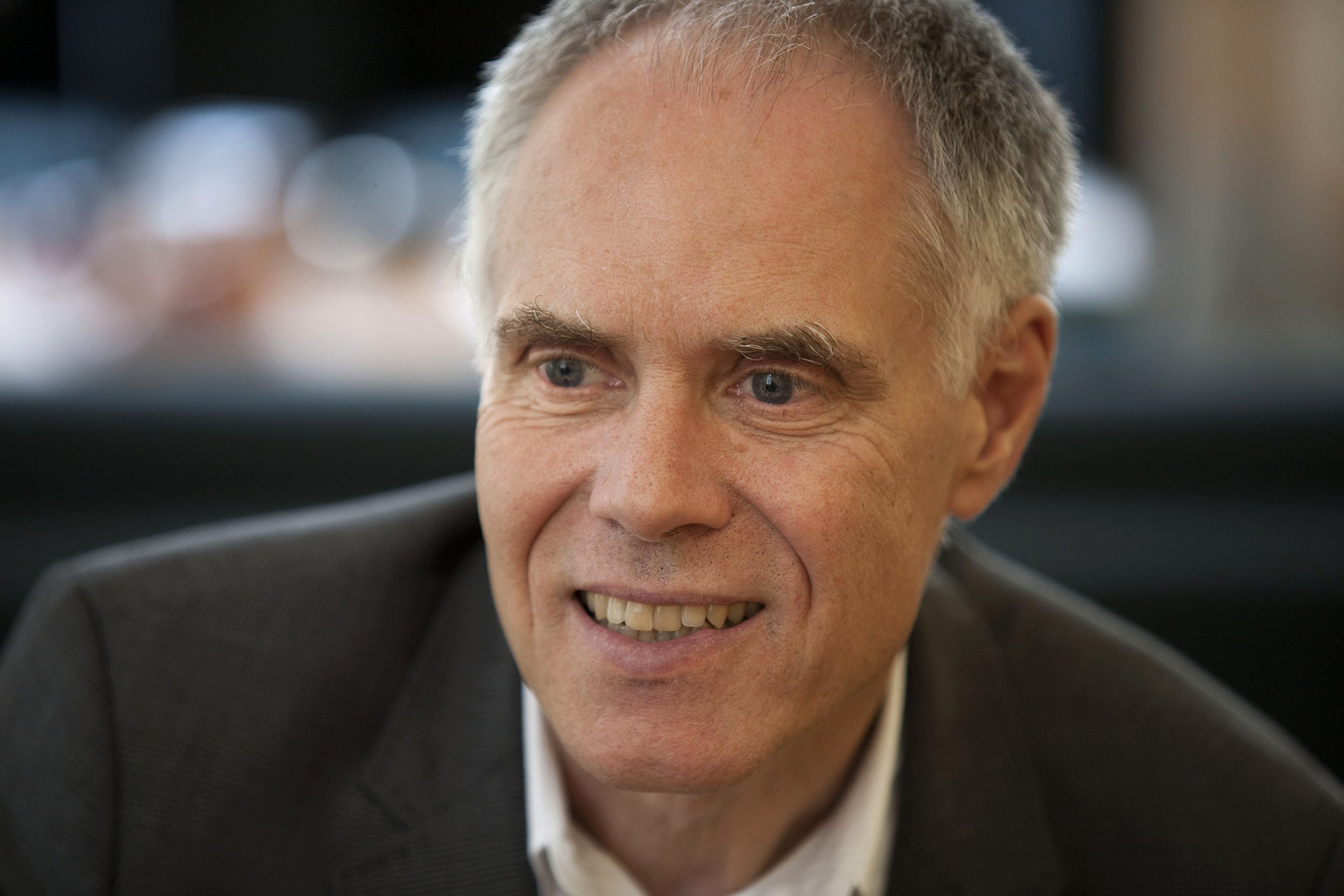
The new Gotthard Base Tunnel will make a large contribution to European rail infrastructures, outgoing Transport Minister Moritz Leuenberger tells swissinfo.ch.
The minister says he is sometimes almost red with embarrassment when people abroad show their “boundless admiration” for the tunnel and Swiss transport policy.
The Gotthard Base Tunnel, which at 57 kilometres will be the world’s longest, will witness its final breakthrough in a month’s time on October 15 – two weeks before Leuenberger leaves office. It is expected to open, after being fully kitted out, in 2017.
swissinfo.ch: What is a tunnel for you?
Moritz Leuenberger: It’s the overcoming of a mountain, but underneath, it’s the “undercoming” if you like. Well, I could make jokes about the light at the end of the tunnel or about the fact that I’ve become the Minister of Tunnel Building. Around 115 rail and road tunnels have been built during my time in office. Hopefully I’m now not suffering from permanent tunnel vision.
But more seriously, I have observed two things: one is the myth of man against the mountain, which is still very much alive today. Tunnel builders speak of an “attack” and an “intermediate attack”. This is war vocabulary. The mountain is the enemy. St Barbara [the patron saint of miners] must protect against danger and the Gotthard is surrounded by stories about the devil, who was once tricked by the local Uri population.
I have also seen how many regions are calling for a tunnel. This is particularly clear when the cabinet goes on its summer traditional outing around the country. In each region we have visited, a local mayor stands up and demands a tunnel. This demand is slowly becoming greater and comes from the fact that people want both mobility and peace and quiet. The obvious solution for many is to drive traffic underground and thus get rid of noise and emissions. But tunnels are extremely expensive – and emissions don’t just disappear, but cause trouble elsewhere.
swissinfo.ch: How important is the Gotthard Base Tunnel to you?
M.L.: The tunnel is of immense importance for Switzerland and makes a large contribution to the building of European infrastructures. This gigantic construction was a risky venture. During these 15 years in which I defended the project in parliament, there were always malicious, doubting voices who predicted that it wouldn’t succeed. A tunnel is only built after the breakthrough. Before that there are very many geological risks. We very clearly warned people about this before the referendum and voters still said yes.
swissinfo.ch: Did you ever worry that the project would be a flop?
M.L.: When I sketched it out in speeches 15 years ago, practically nobody thought that it would be possible to implement such a gigantic and complex project through four linked referendums. At the time it seemed out of touch with reality and futuristic.
Political work is like taking out a sailing boat. The wind keeps blowing from different directions and you constantly have to find a majority for each of these bills – the New Rail Link through the Alps (NRLA), the Performance-related Heavy Vehicle Fee, the bilateral agreement with the European Union on overland transport and the fund for the financing of public transport. For this I kept having to adapt my course and make new compromises.
swissinfo.ch: Combining the Lötschberg and the Gotthard as a double north-south corridor was controversial. How do you view the project now?
M.L.: It is a big success. Before the vote, critics argued that Switzerland didn’t need the Lötschberg. Today, three years later, it is already used to 75 per cent of its capacity and will, with the increase in freight traffic, soon be at 100 per cent. This tunnel has changed many people’s lives. Bern and Brig are now within commuting distance. The Gotthard Base Tunnel will do the same for Bellinzona and Lucerne. This will be a key change to the social structure in Switzerland and will enhance the status of southern Switzerland.
swissinfo.ch: There were voices that said that the investments would never pay off.
M.L.: The voters’ motives did not lie in the economic profitability of both base tunnels but in the regions coming closer together and in the sustainable management of ever-increasing mobility.
One of our biggest aims is moving from road to rail, because if people and freight all used national roads there would be permanent jams like in China. We would have to pepper the country with new roads, for which we have no space left.
swissinfo.ch: The Gotthard tunnel was more expensive than originally planned.
M.L.: Yes, but not because the costs got out of hand. All the extra expenses came about because parliament wanted extra constructions and especially safety measures. The Ceneri Base Tunnel will, for example, have two tubes for safety reasons.
swissinfo.ch: How have neighbouring countries reacted to the tunnel?
M.L.: With boundless admiration. Sometimes I am almost red with embarrassment. Their admiration is, by the way, not just directed at the NRLA, but also to the Infrastructure Fund, with which we finance agglomeration transport with petrol tax revenues. That means that we have a self-financing transport policy, whereas in other countries, transport policy is always in the middle of disputes between the transport and finance ministers. This, too, is a trailblazing achievement.
The Gotthard Base Tunnel (ready 2016-17) and Ceneri Base Tunnel (ready 2019) create an ultramodern flat rail link whose highest point is at 550 metres above sea level. This is much lower than the highest point of the existing route through the mountains at 1,150 metres.
The route through Switzerland becomes flatter and 40km shorter, so faster for passengers. Freight trains travelling on the flat route can be longer and pull up to twice today‘s weight – 4,000 tonnes instead of 2,000 tonnes. They will be up to twice as fast.
These 2 tunnels, plus the Lötschberg base tunnel (opened 2007), are the key elements of the NRLA (New Rail Link through the Alps).
The NRLA is one of the world’s largest construction projects and includes the extension of two North-South railway lines through Switzerland.
Moritz Leuenberger, born in 1946, has been in charge of the ministry of transport, environment, energy and communications since 1995. He leaves at the end of October 2010.
He has had success in particular with transport policy. Switzerland has gained a strong reputation for public transport, especially for rail.
The important project has been the NRLA, with the two base tunnels at Lötschberg and the Gotthard. The Swiss parliament approved a credit of SFr19.1billion ($18.7 billion) for the NRLA. Leuenberger was able to get public approval through four referendums.
The minister has also made progress on roads, with the building of extra motorways. But he decided against a second Gotthard road tunnel. In aviation policy, he has been criticised for his handling of the Zurich airport dispute with Germany.
(Translated from German by Isobel Leybold-Johnson)

In compliance with the JTI standards
More: SWI swissinfo.ch certified by the Journalism Trust Initiative

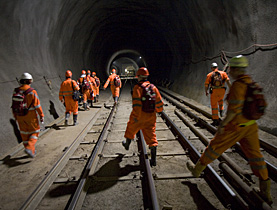
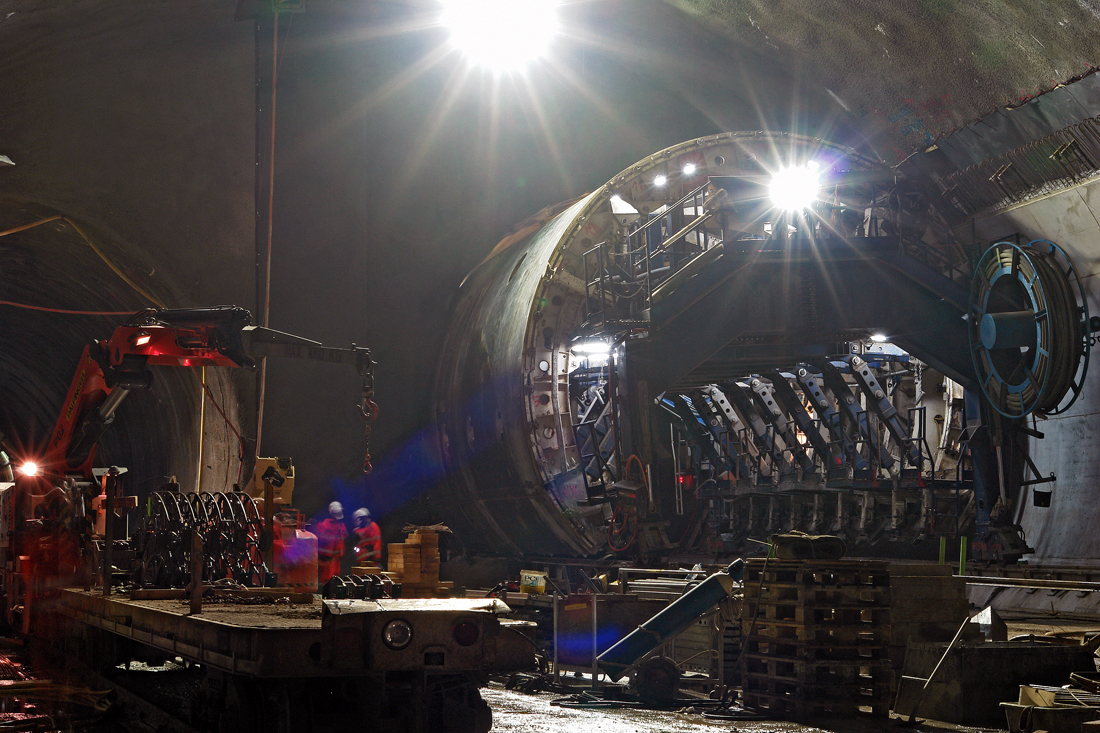
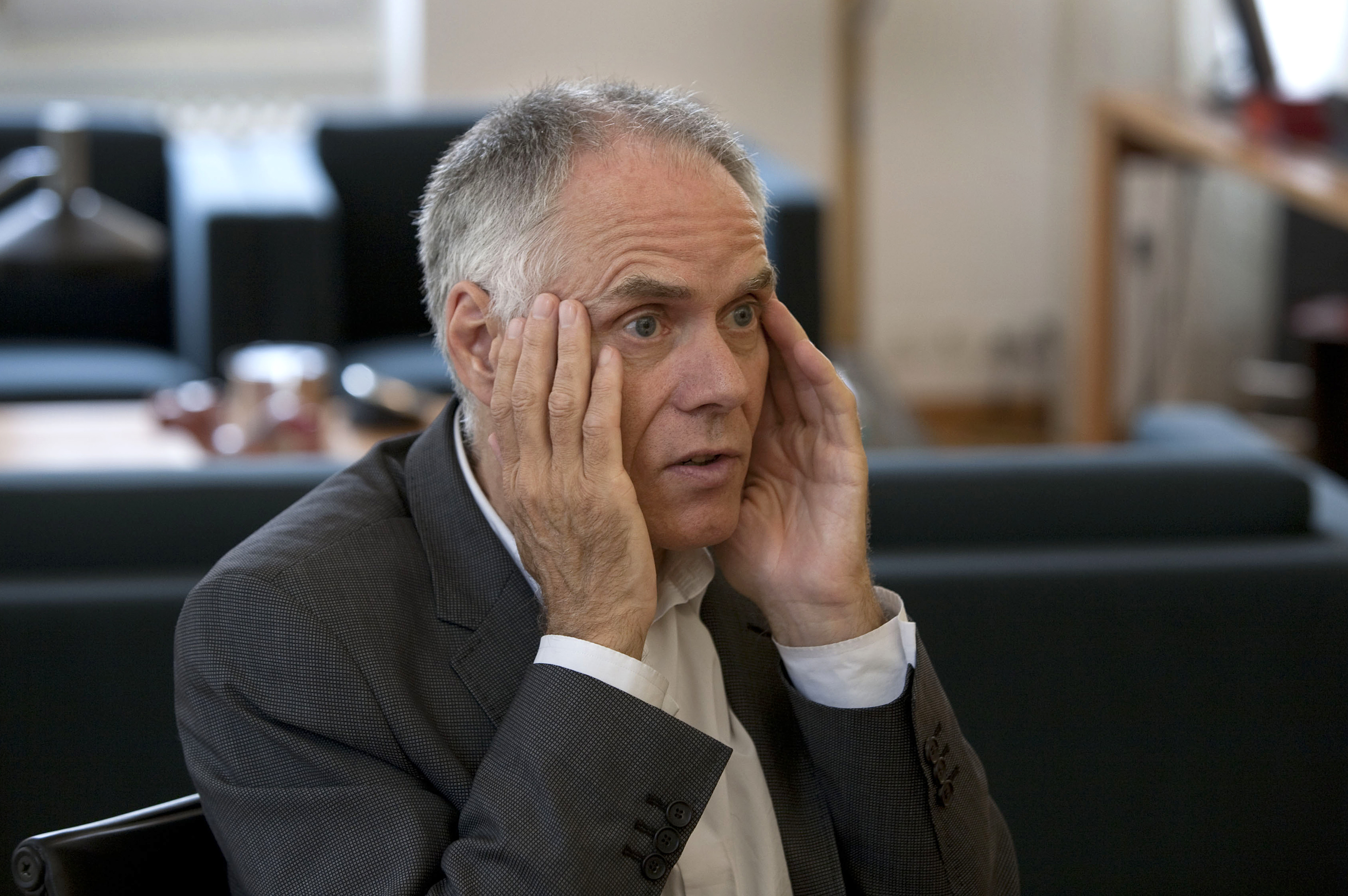
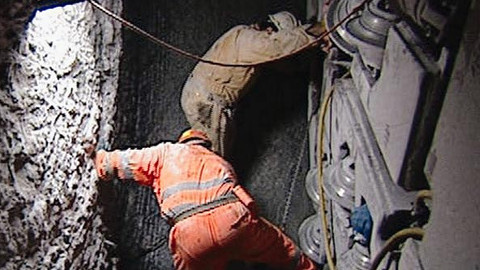
You can find an overview of ongoing debates with our journalists here. Please join us!
If you want to start a conversation about a topic raised in this article or want to report factual errors, email us at english@swissinfo.ch.